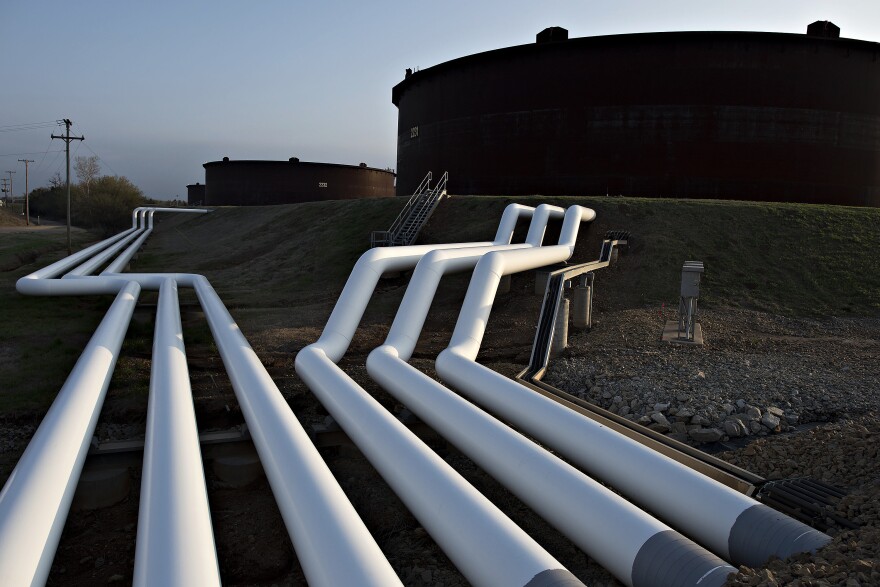The largest commercial oil storage hub in North America is located in Cushing, Oklahoma, reports Bloomberg Business. In the wake of 9/11, concerns were raised about Cushing’s status as a potential target for terrorist attacks. The Safety Alliance of Cushing was formed as a result: an alliance of the FBI, state and local law enforcement and emergency officials. Simulations were performed to test Cushing’s vulnerability, including an explosion, a fire, and a hostage situation.
Now, 14 years later, Cushing’s tanks have swelled to more than 60 million barrels--more than six times the quantity that triggered security concerns after September 11th. And officials now are concerned again, but this time the threat is coming from underground.
Oklahoma is on pace to endure close to 1,000 earthquakes this year. The biggest quake, registering 4.5 on the Richter Scale, hit about three miles from Cushing on Oct. 10. In 2008, Oklahoma averaged less than two earthquakes per year. But in the last seven years, Oklahoma has surpassed California as the most seismically active state in the continental U.S.
Seismologists believe wastewater injection wells used by the fracking industry are responsible for the earthquakes. The oil industry, predictably, disagrees. Earlier this year oil companies pressured seismologists at the Oklahoma Geological Survey to cease linking earthquakes and fracking-related wastewater injection wells.
All infighting aside, the earthquakes are real and they pose a legitimate threat to America’s oil reserves. If even a couple of Cushing's massive tanks were damaged or forced to stop operating, the crisis could drive up prices nationwide. As a result, state regulators have ordered wells within three miles of Cushing to shut down entirely and those between three and six miles from the town to reduce their volume by 25 percent. The EPA has also urged further preventive and safety measures.







